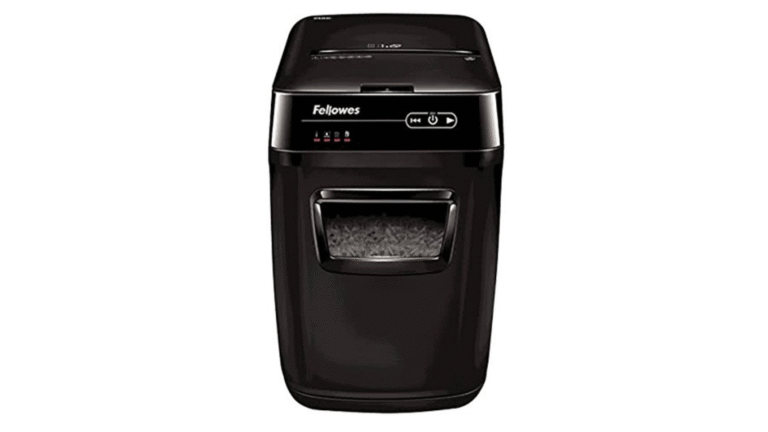
Industrial Power & Controls
In the rapidly evolving industrial landscape, ensuring reliable power and efficient control systems is crucial for maintaining productivity and minimizing downtime. This comprehensive guide explores the best practices and cutting-edge technologies in Industrial Power & Controls, offering insights into how to optimize these systems for maximum efficiency and reliability. Whether you’re looking to upgrade your existing setup or implement new solutions. Understanding the latest trends and best practices can help you make informed decisions.
The Importance of Industrial Power & Controls
Industrial Power & Controls are the backbones of modern manufacturing and production facilities. They ensure that machinery operates efficiently, safely, and without interruption. With the increasing complexity of industrial processes, the need for robust and reliable power control systems has never been greater. These systems encompass a wide range of technologies and solutions, including UPS and Battery Systems, Industrial Robotics, Rugged Embedded Computers, Energy Management Systems, and IoT Electronics.
Best Practices in Industrial Power Solutions
Implementing UPS and Battery Systems
Uninterruptible Power Supply (UPS) and Battery Systems are critical for maintaining continuous power in industrial settings. They provide backup power during outages. Ensuring that sensitive equipment and processes remain operational. Best practices for implementing UPS and Battery Systems include.
-
- Capacity Planning: Assess the power requirements of your equipment to choose a UPS with adequate capacity.
- Regular Maintenance: Perform routine checks and maintenance to ensure batteries and UPS units are functioning correctly.
- Environmental Control: Maintain proper temperature and humidity levels in UPS and battery storage areas to prolong their lifespan.
Integrating Energy Management Systems
Energy Management Systems (EMS) help monitor, control and optimize the energy consumption of industrial operations. These systems provide real-time data and analytics to enhance energy efficiency and reduce costs. Best practices for integrating EMS include:
-
- Comprehensive Energy Audits: Conduct thorough energy audits to identify inefficiencies and opportunities for improvement.
- Automation: Utilize automation to control lighting, HVAC, and machinery based on usage patterns and production schedules.
- Monitoring and Reporting: Implement continuous monitoring and detailed reporting to track energy usage and identify trends.
Utilizing Rugged Embedded Computers
Rugged Embedded Computers are designed to withstand harsh industrial environments, providing reliable control and data processing capabilities. Best practices for using these computers include:
-
- Environmental Suitability: Choose computers that can withstand extreme temperatures, dust, moisture, and vibration.
- Scalability: Ensure the system can be easily scaled or upgraded to meet future demands.
- Security: Implement robust cybersecurity measures to protect against potential threats and data breaches.
Adopting Industrial Robotics
Industrial Robotics enhance productivity, precision, and safety in manufacturing processes. Best practices for adopting robotics include.
-
- Needs Assessment: Evaluate your production processes to determine where robotics can add the most value.
- Integration: Ensure seamless integration with existing systems and processes to avoid disruptions.
- Training: Provide comprehensive training for staff to operate and maintain robotic systems effectively.
Leveraging IoT Electronics
IoT Electronics enable the collection and analysis of vast amounts of data from industrial equipment, leading to smarter decision-making and predictive maintenance. Best practices for leveraging IoT electronics include.
-
- Connectivity: Ensure reliable network connectivity to support IoT devices and data transmission.
- Data Management: Implement robust data management and analytics platforms to handle the influx of data.
- Security Protocols: Employ strong security protocols to protect data integrity and prevent unauthorized access.
Cutting-edge technologies in Industrial Power & Controls
- Smart Grids
- Smart grids utilize digital technology to enhance the efficiency, reliability, and sustainability of the electrical grid. They enable real-time monitoring and management of power distribution, helping to balance supply and demand.
- Advanced Battery Storage
- Innovations in battery storage technology. These advancements are crucial for supporting renewable energy integration and enhancing UPS systems.
- Artificial Intelligence and Machine Learning
- AI and machine learning algorithms can optimize industrial processes by predicting equipment failures, optimizing energy usage, and improving production schedules. These technologies enhance decision-making and operational efficiency.
- Edge Computing
- Edge computing brings data processing closer to the source of data generation, reducing latency and bandwidth usage. This is particularly beneficial for real-time control and monitoring in industrial environments.
- Blockchain for Supply Chain Management
- Blockchain technology offers secure and transparent tracking of goods and materials throughout the supply chain. This enhances traceability, reduces fraud, and improves coordination among stakeholders.
Challenges and Solutions in Industrial Power & Controls
Implementing advanced industrial power and control solutions comes with challenges. These include high initial costs, complexity of integration, and the need for specialized expertise. Addressing these challenges requires:
- Strategic Planning: Develop a clear roadmap for implementation. Considering both short-term and long-term goals.
- Investment in Training: Provide ongoing training and support for staff to ensure they can effectively operate and maintain new systems.
- Partnerships with Experts: Collaborate with experienced vendors and consultants who can offer guidance and support throughout the implementation process.
Conclusion
The realm of Industrial Power & Controls is ever-evolving, with new technologies and best practices continually emerging. By implementing robust UPS and Battery Systems. Integrating advanced Energy Management Systems. Utilizing Rugged Embedded Computers. Adopting industrial robotics and leveraging IoT electronics can significantly enhance industrial facility’s efficiency, reliability, and productivity. Staying informed about the latest advancements and best practices is crucial for maintaining a competitive edge in today’s fast-paced industrial landscape.
At Viasion, we are committed to providing cutting-edge solutions and expert guidance to help you optimize your industrial power and control systems. Contact us today to learn more about how we can support your industrial power needs and drive your business forward.
Read More: Industrial Power Solutions: Best Practices and Technologies: A Complete Guide | Viasion


